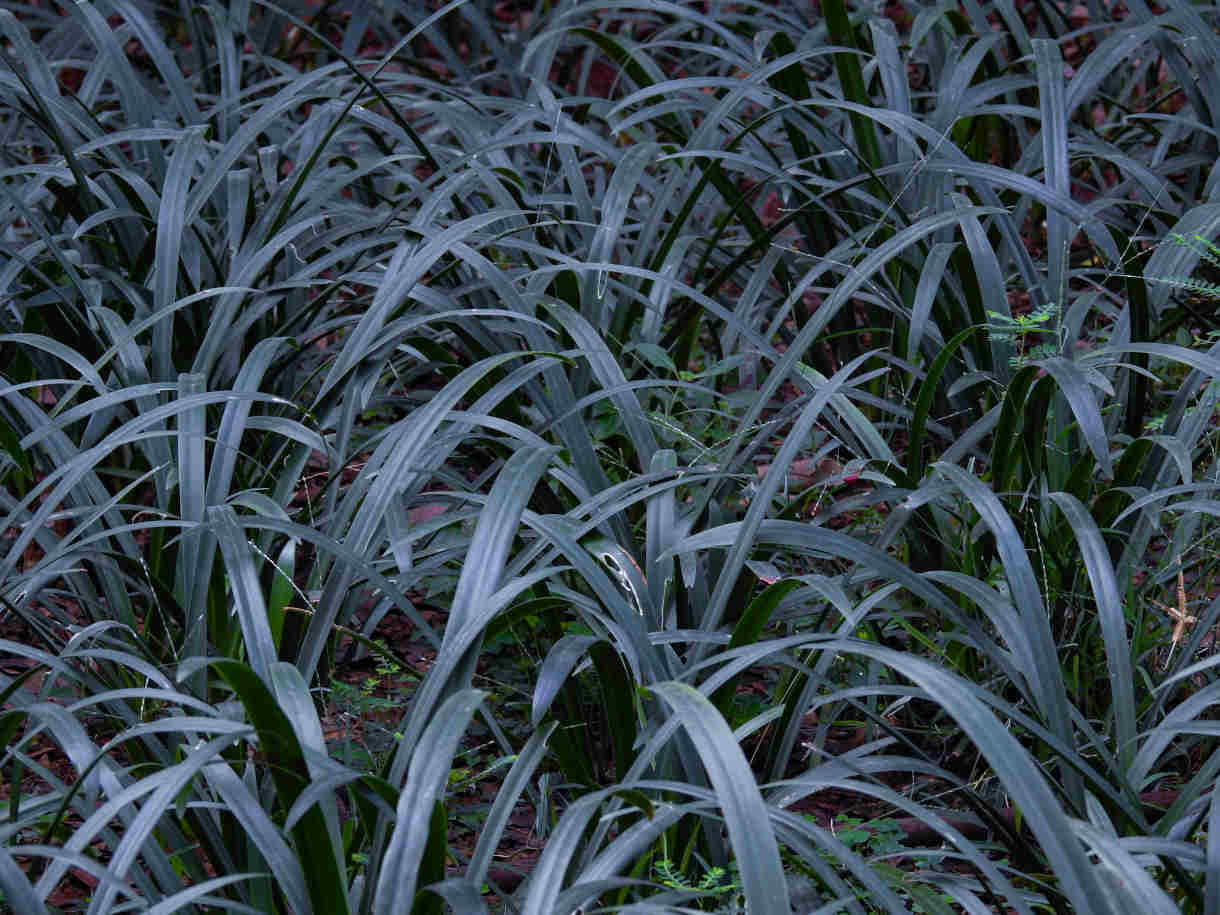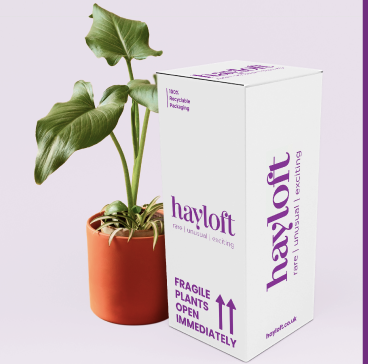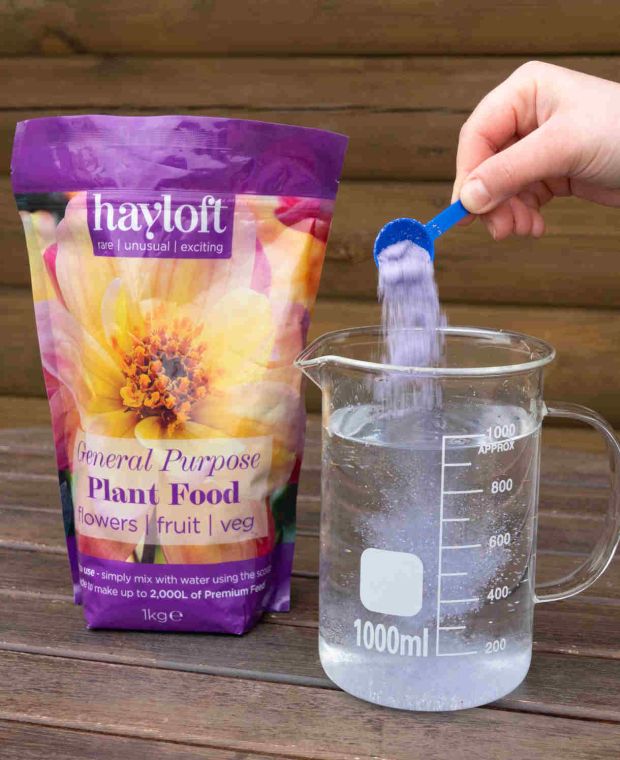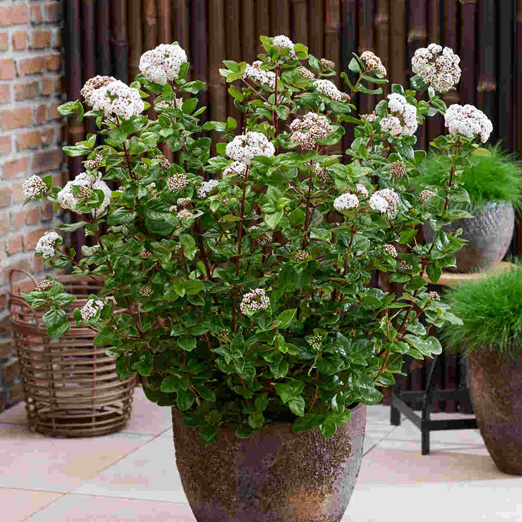How to grow Ophiopogon
Ophiopogon planiscapus are rhizomatous, densely tufted evergreen perennials forming arching clumps of leathery, narrowly strap-shaped leaves around 20-30cm in length. Racemes of small bell-shaped white or mauve flowers emerge on leafless stems in summer, followed by glossy black berries in the autumn.
Also known as Monda grass, Black Mondo and Ophiopogon planiscapus ‘Nigra’ due to the black grassy leaves with hints of green at the base as new foliage emerges. Holds the RHS Award of Garden Merit for its outstanding and incredibly reliable performance in the garden. A fantastic way to add dark, alluring contrast in pots, rockeries and open ground. Reaches H: 20cm S: 30cm over 2-5 years. Naturalises and spreads readily.

Zantedeschia is a genus of flowering plants from the family Araceae and is native to southern Africa. With a rich history dating back to the Ancient Romans, these deciduous or semi-evergreen perennials have been used as a symbol of celebration. Zantedeschia was Named after Professor Giovanni Zantedeschia, an Italian botanist.
There are two main forms of Zantedeschia: hardy and tender. Hardy forms of the plant can be grown outdoors, enjoy moist soil and full sun or partially shaded conditions - these are known as Arum lilies. Tender forms of Zantedeschia prefer being grown in containers or pots and should be brought inside over the winter - these are known as Calla lilies.
With tuberous flora in all colours from whites, yellows and oranges to deep reds and purples, Zantedeschias are not to be overlooked in any garden, as long as they have sufficient sunlight to grow in.
Ready to learn more about growing Zantedeschia? Read on for all there is to know...
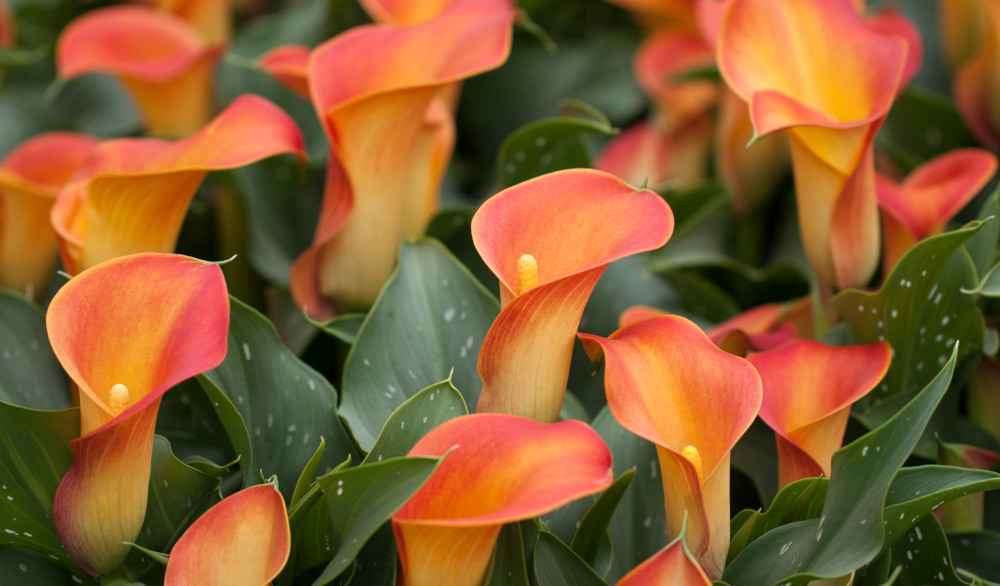
Key Information
Soil pH
Position
Hardiness

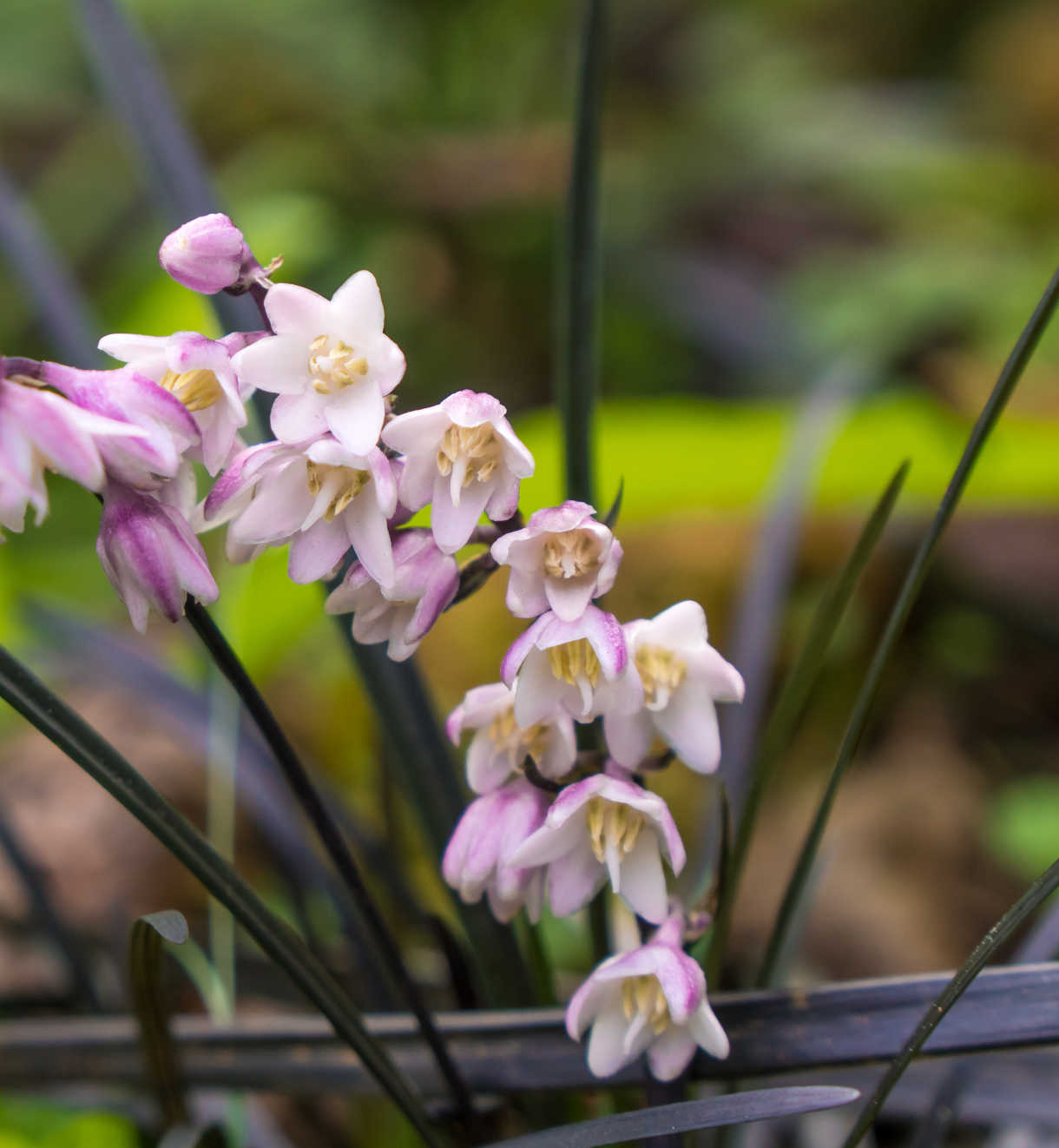
Where & when to plant Ophiopogon
Position- Full sun or partial shade with any aspect other than north facing
Soil- Moist, well-drained soil of any kind except chalk. Prefers an acidic to neutral pH.
Flowering Period- Summer
Hardiness- Hardy (H5) throughout most of the UK, tolerates temperatures down to -10 to -15°C.
For best results plant Ophiopogon planiscapus in spring, as even hardy varieties fare better over winter with a season’s worth of growth under their belt.
Choose a sunny, warm spot, avoiding exposed or excessively wet conditions. This dark and dramatic grass look fabulous planted in swathes through a border or rockery – either as edging or as multiple clumps to add variation in height. Also ideal for growing in pots to give accents to other planting or as a pair around a gate or archway. Ophiopogon planiscapus is incredibly versatile and the only limit is your imagination.
How to plant Ophiopogon
In the ground
· Clear the chosen area of weeds.
· Dig a planting hole twice the size of the root ball, mixing in some well-rotted organic matter. If your soil is a little on the heavy side, now is the time to add some horticultural grit to assist with drainage.
· Place the plant in the hole, ensuring the top of the root ball sits level with the surface of the soil. Too low and the plant may rot, too high and the roots can dry out.
· Backfill with soil and firm in gently.
· Soak well with water.
In a container
· Choose an appropriate container, ensuring there are plenty of drainage holes.
· It can be worth potting up large containers in situ to save yourself the trouble of moving once full.
· Use a good quality potting compost (ericaceous is fine here) with plenty of horticultural grit mixed in, and, if not already present in the compost (check the description on the bag) some slow-release plant food.
· Start by partially filling the pot with compost; enough so that when placed on it the upper surface of the root ball is about 3cm lower than the top of the pot.
· Infill all the space surrounding the root ball with compost, firming down with your fingers then adding a little more so the plant is held tight.
· Pick up the pot (if you can!) and lightly tap on the potting bench or ground a few times to help further settle the compost around the plant.
· Soak well with water.
· A mulch with horticultural grit will look attractive and help to prevent a ‘cap’ or crust forming on the top of the compost (something container plants can suffer due to the artificial nature of their watering).
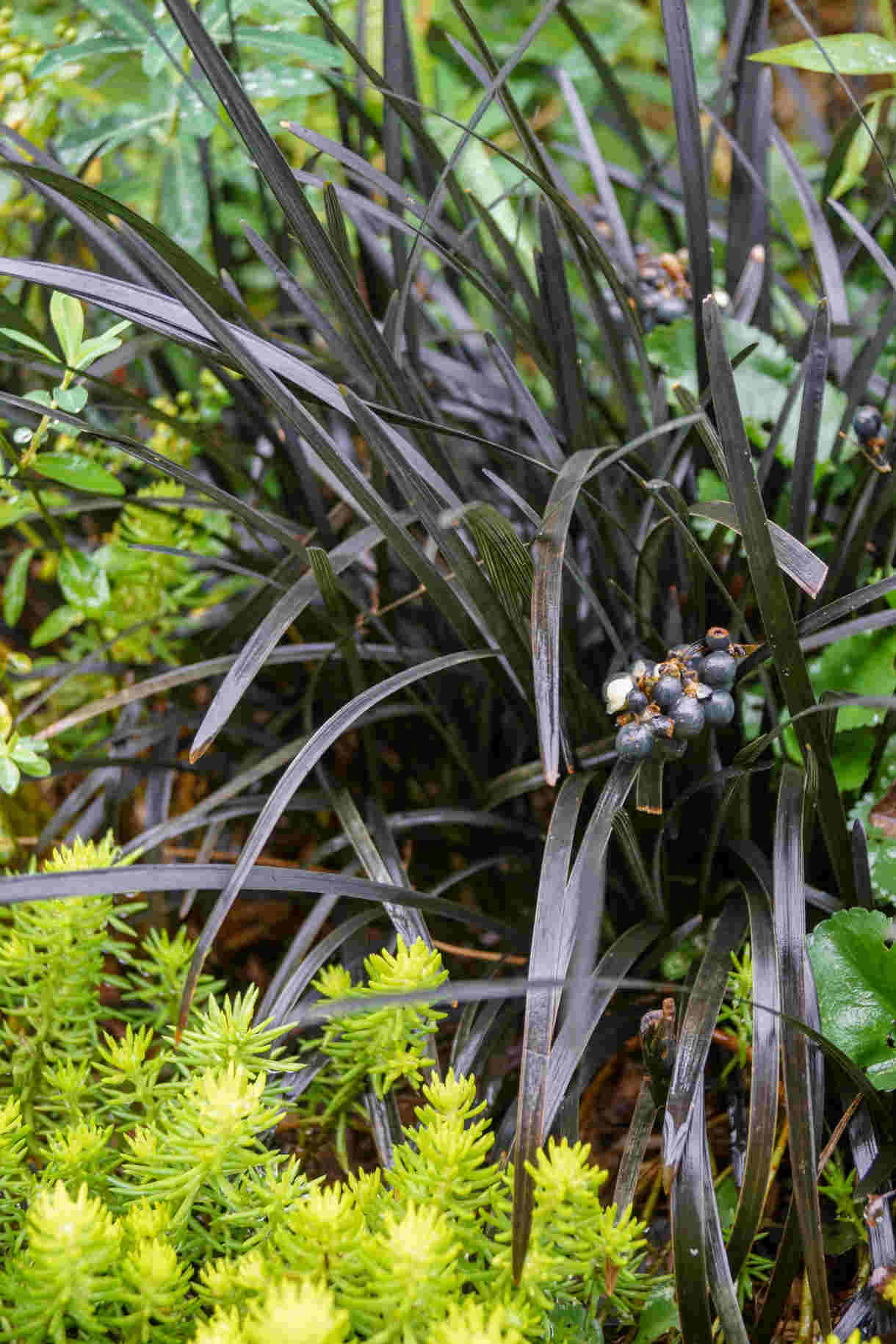
What to plant with Ophiopogon
As an evergreen, grassy perennial these will adapt to the season readily – adding contrast to the yellows and blues of spring, the rainbow colours of summer and then the fiery tones of autumn – as well as accenting the dark green and red tones of winter. Plant with crocus, pansies and viola, tulips, summer flowering shrubs or helenium, aster and rudbeckia. Ophiopogon planiscapus also blends well with other grasses for a prairie style garden or with pittosporum and festuca for a more urban appeal.
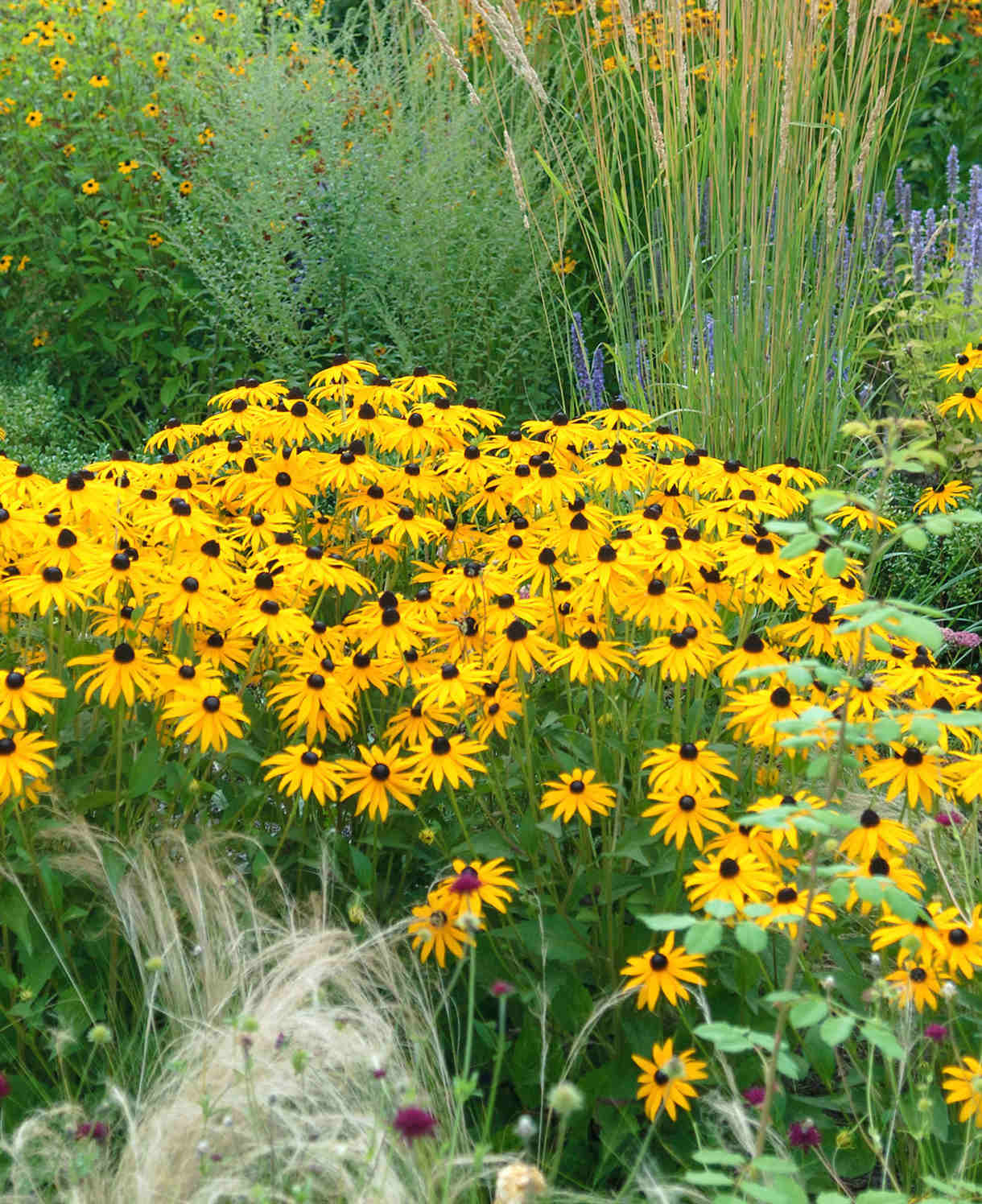
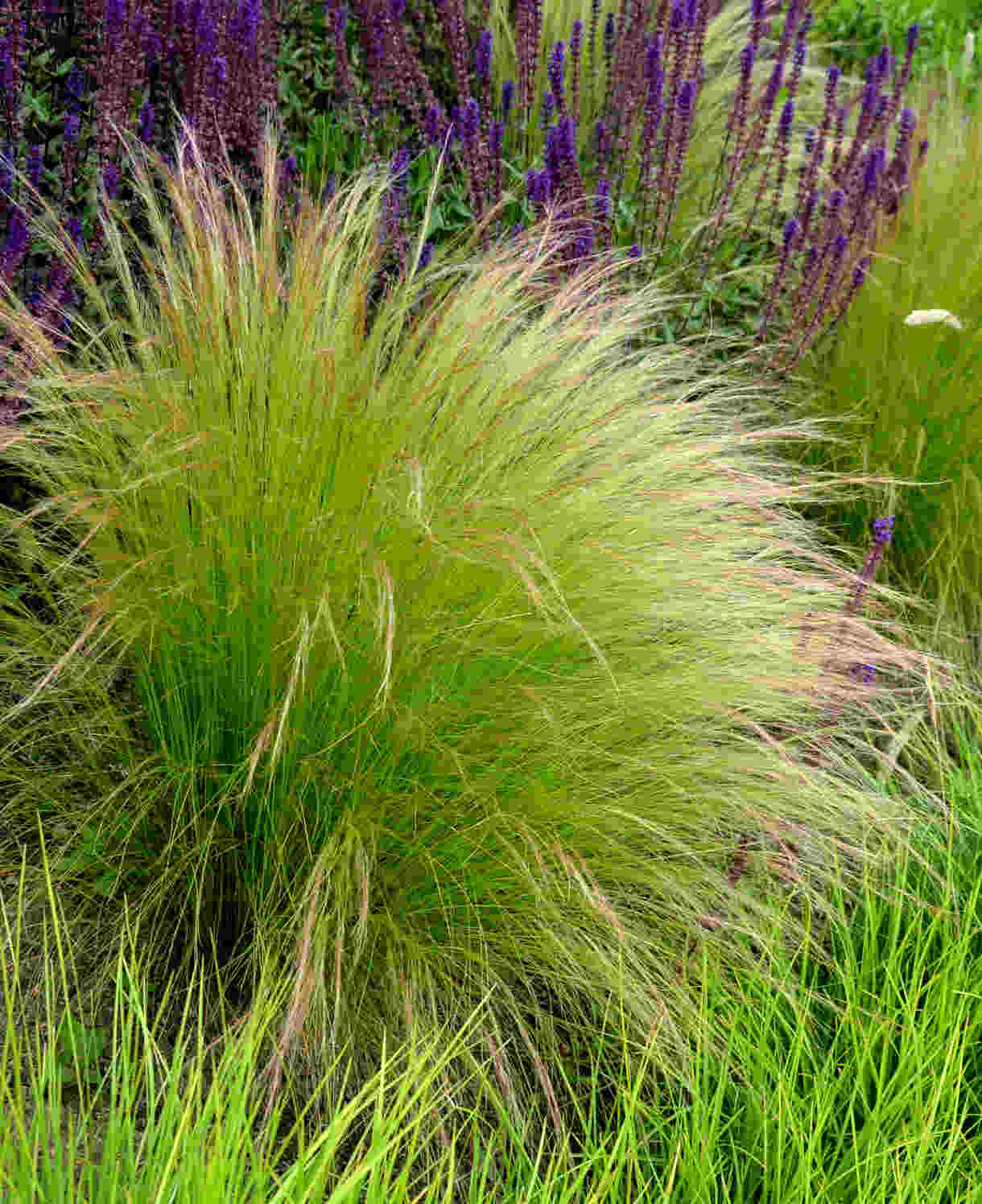
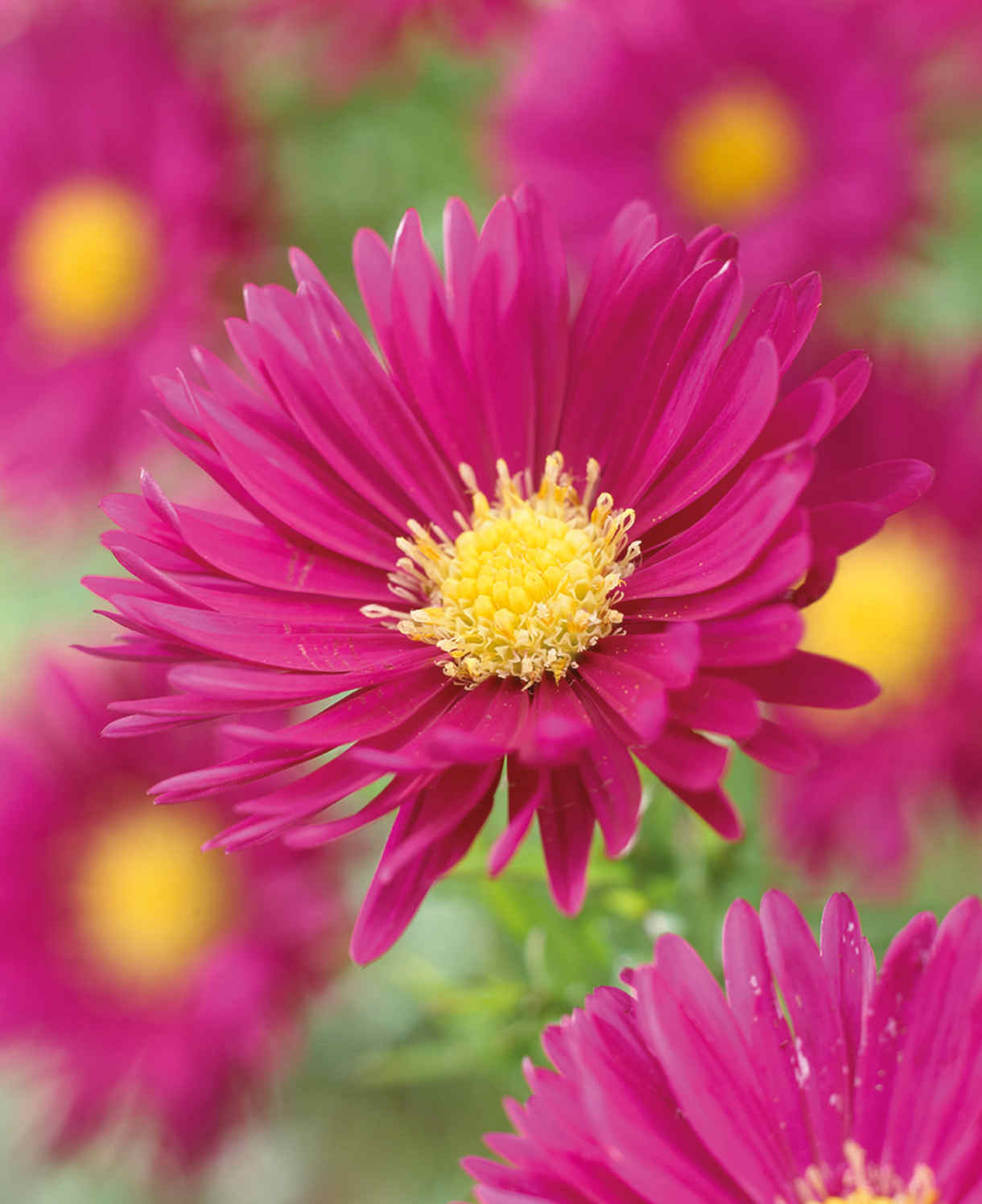
How to care for Ophiopogon
Pruning and Deadheading
Evergreen species require little pruning other than the removal of dead or fading leaves and flower or berry stems. Either snip or comb through with your hands to remove these.
Watering
Water until established and then in very dry periods thereafter.
Container-grown Ophiopogon planiscapus should be watered regularly throughout the growing season, though will tolerate the odd missed watering.
Cold Protection
Should not be required throughout most of the UK. Do, however, offer container plants some additional protection over prolonged, exceptionally cold spells.
Pests and Diseases
May be susceptible to slug damage, particularly spring growth. Generally, disease free.
How to propagate Ophiopogon
Propagate by dividing established clumps in spring. As well as providing new plants, this also maintains the health and vigour of existing specimens.
1. Choose a day when the soil is not frozen or waterlogged.
2. Dig the plant out of the ground.
3. Shake off any excess soil.
4. Separate the plant into sections using either swift, cutting blows with a sharp spade, or two forks inserted back-to-back with tines touching, handles then pushed together to prise the plant apart.
5. Discard old, damaged, or surplus pieces, keeping healthy, vigorous material.
6. Replant decent-sized pieces where desired, and any smaller bits can be potted up.
7. Water well until fully established.
Common Ophiopogon Questions
· Does Ophiopogon spread?
Yes, plants will gently via underground rhizomes, though this is easily kept in check if necessary.
· How big does Ophiopogon planiscapus grow?
Individual plants reach a height of 20cm and a spread of 30cm. However, plants will naturalise and reach much wider than this if permitted. These offshoots can also be used to provide more plants elsewhere in the garden.
· Does Ophiopogon planiscapus come back every year?
Given the right conditions, Ophiopogon planiscapus is an evergreen perennial which does not die back over winter and can live for several years.
